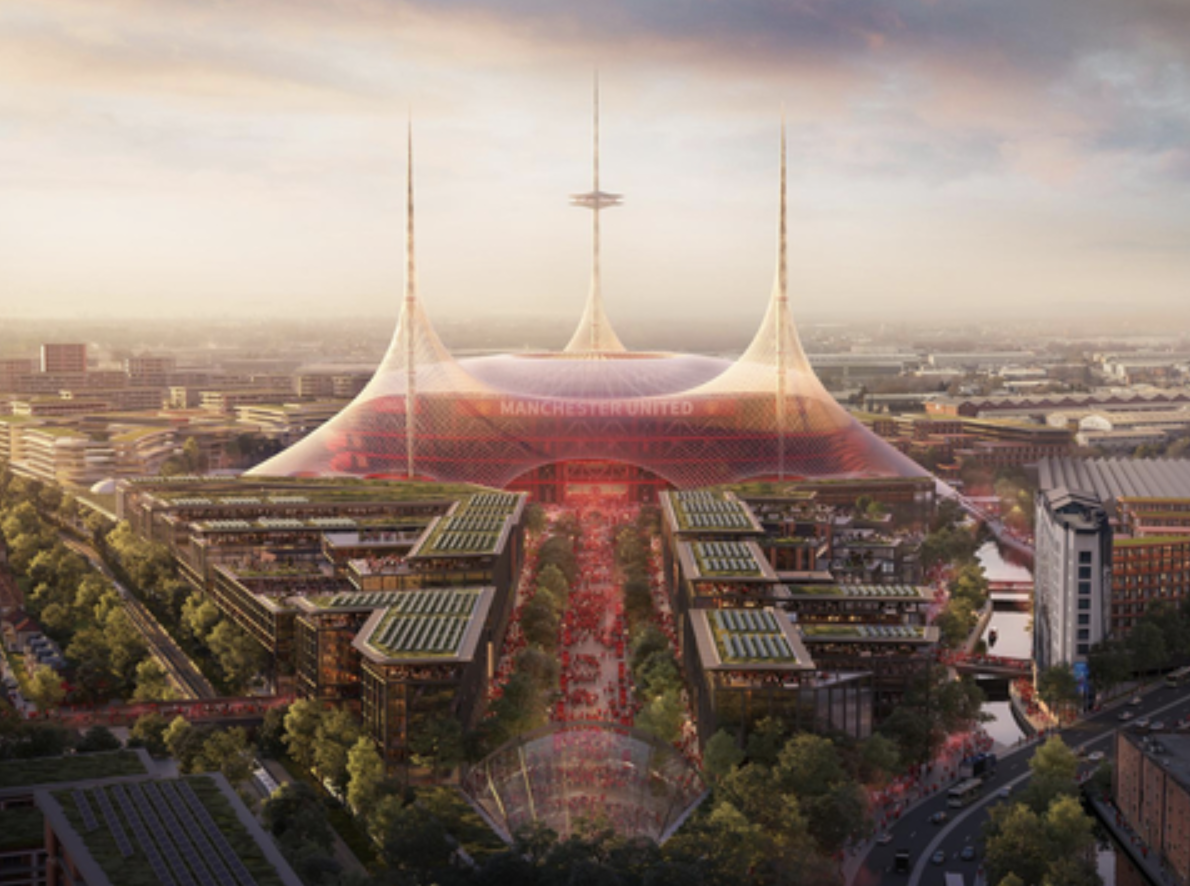Is the gap between the Premier League and Championship widening?


Table of Contents
Is the gap between the Premier League and Championship widening? It’s a question that football fans have been asking for years, but has become the subject of intense debate in recent seasons.
At the time of writing, all three promoted sides from last year’s EFL Championship are winless and marooned to the bottom of the Premier League table. It’s fair to say that Burnley, Sheffield United and Luton Town are the heavy early favourites to make an immediate return to the second tier.
So, is this down to the financial gap between England’s first and second tiers getting larger or are there other factors at play? Like everything in football, the answer is less straightforward and more interesting than you’d expect!
Is the gap between the Premier League and Championship widening?
The Premier League is the richest football league in the world and it’s not even close. If you look at the Summer window’s spending, you’ll be left in no doubt about that. The Premier League’s current £5 billion television deal dwarfs any other football competition in the world.
That’s expected to grow significantly as well, as the next round of TV rights are currently being negotiated. The EFL, by contrast, rakes in just under £1 billion, but this is shared between 72 clubs rather than 20 like the top flight.

The Championship is the richest second tier of football in the world and this is reflected in its viewing figures, which are comparable with Germany’s Bundesliga. But the financial gap between the EFL and the Premier League is a yawning chasm that’s only getting wider.
When the Premier League was formed in 1992, the league had revenue around 40% higher than the three divisions below it. Now, Premier League revenue is seventy times higher than thirty years ago, with the EFL only increasing five-fold. So, in other words, if my maths is correct, the average Premier League club generates 350 times that of the average EFL club. That’s staggering.
There is a very strong argument to make that if the Premier League clubs have the money, why not spend it? And that is true. However, for the clubs below the top flight that don’t have the money, the gamble doesn’t always pay off…
All-in on the Premier League
Parachute payments were once lauded as a good way of helping to soften the blow of Premier League relegation, but if that was the case in the past, it certainly isn’t now. The average a club receives after being relegated from the Premier League is £33m per season for three seasons.
That’s a third of what they’d normally receive in the top division, but it’s almost ten times what the average Championship club gets. This creates a two-tiered system within the same division and yo-yoing with promotions and relegations at the top and bottom of the leagues has become more commonplace than ever before.

Parachute payments also have the adverse effect of forcing some owners to overspend on player wages and transfers in the hope of making it to the top flight.
The average Championship club spends 108% of their turnover on wages alone. No, your eyes aren’t deceiving you, that’s a fact and it means that most second tier English sides are technically insolvent, meaning their outgoings are more than their revenue.
This strategy has paid off for the likes of Aston Villa, Sheffield United, Burnley and Brentford, who all significantly overspent to get promoted. However, it has had disastrous consequences for clubs like Sheffield Wednesday, Reading and Derby County, all of whom have dipped into the third tier due to missing out on promotion.
The likes of Norwich City, Watford and West Brom will all suffer similar fates if they aren’t careful. You can also see the negative effects of overspending on Swansea City, Stoke City and Huddersfield, as the trio have all flirted with and continue to fight against relegation.
We have very short memories
On the flip side of the coin, all three promoted sides last season stayed up for the first time since 2018. All four times this has happened has been this side of the millennium, this never happened in the Premier League’s 1990s seasons.
To manage this though, Nottingham Forest signed two full squads and both Fulham and Bournemouth spent around £100m each. Those three sides took a gamble that this season’s new sides haven’t been willing to take. If any of them had been relegated last season, they all would’ve fallen foul of the EFL’s sustainability criteria.

It could be argued that Burnley, Sheffield United and Luton Town in particular are all building for what they hope will be a successful 2024-25 campaign in the Championship. That’s what the clubs will be hoping for if the worst is to happen this season, at least.
So, is the gap widening? Yes, but this season so far has been a false positive in some senses, as promoted sides can still compete in the top flight. It just so happens that the three that have come up this time have all had very poor starts to the campaign.
This could be the start of an unwelcome trend, but we’ll need some more seasons to be able to say for sure.










